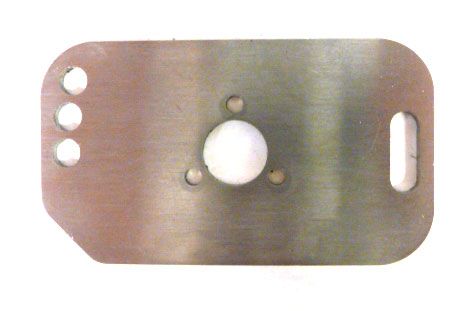Alun Rains
Jus Juan Cornetto
After using the outboard Zeus I must conclude that I am satisfied. It has definitely cleaned up the bass from the Troika, which was a bit "boomy" earlier, and it has become tighter.
The general impressions I get is a calmer presentation, but above all it has become more fun to play vinyl.
And the time counter is a neat feature to keep track of how much that cartrigde has actually been used.
Add Steve's prompt feedback to my questions and the 30 day no fuzz return policy, it's worthwhile to give Zeus a try and I think you won't be disappointed.
End of happy bunny rant.
Equally pleased with my External Zeus. 16 months in and it has been faultless. Very pleased that I chose it instead of a Lingo 4 along with the massive monetary saving of course.


